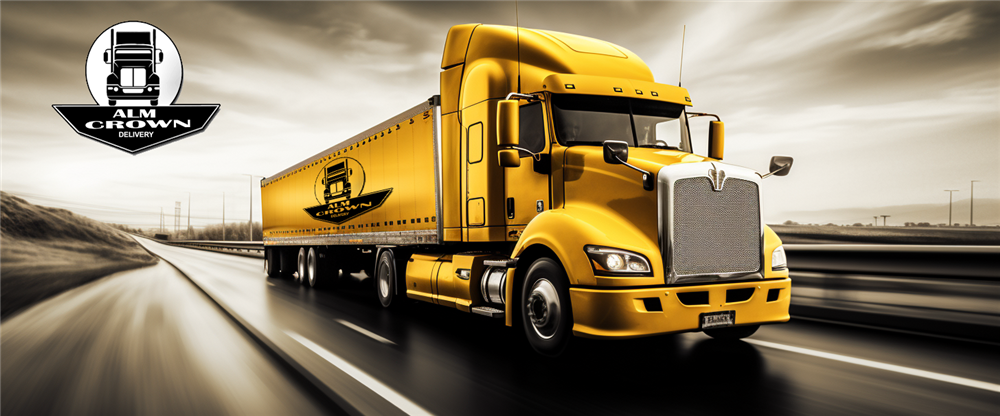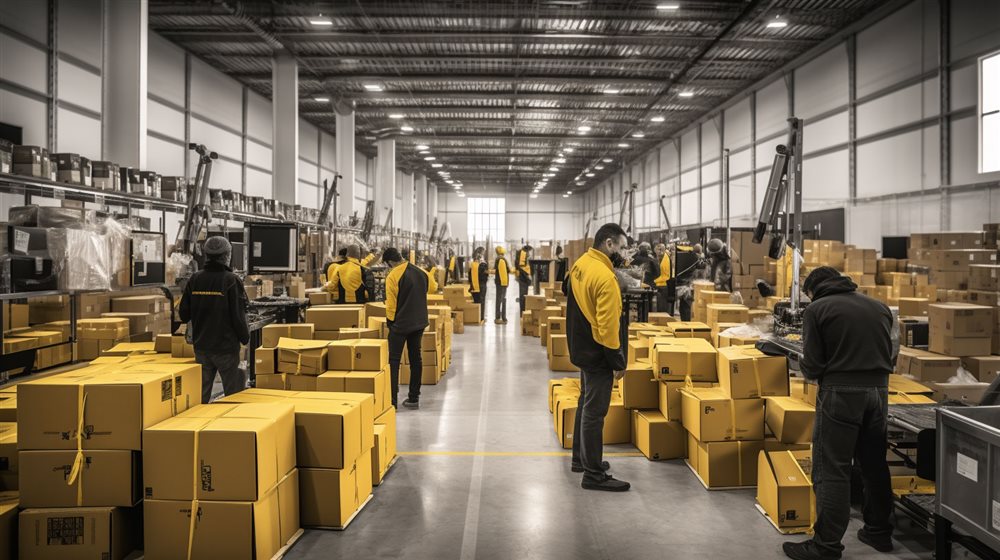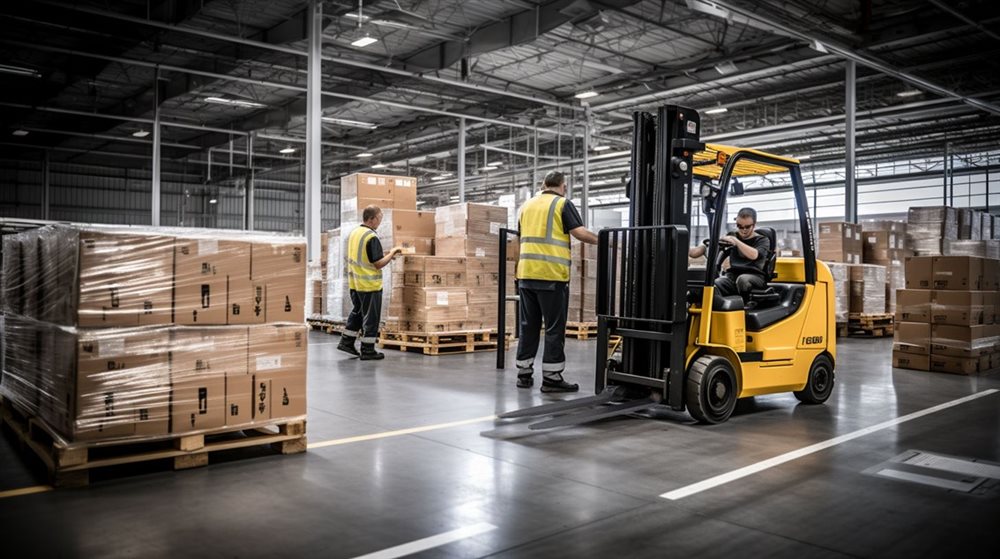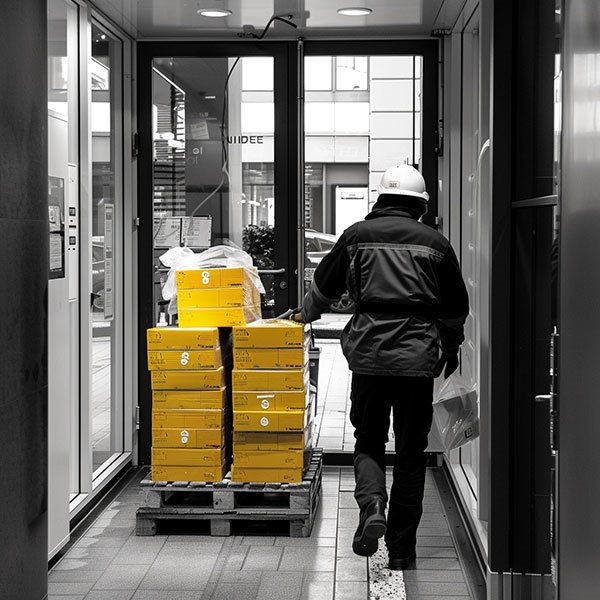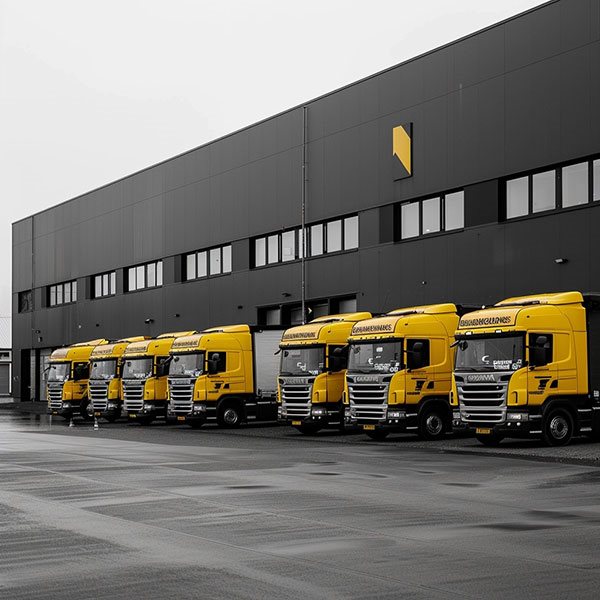In the dynamic field of Canadian logistics, cross-docking has emerged as a pivotal strategy for agents and carriers looking to enhance efficiency and expand their operational reach. This logistics technique, which involves transferring products directly from incoming to outgoing trucks with minimal storage time, offers a plethora of benefits that can significantly boost the capabilities of logistics agents and carriers. Let’s delve into what cross-docking is, how it works, and why it could be instrumental in growing your business reach.
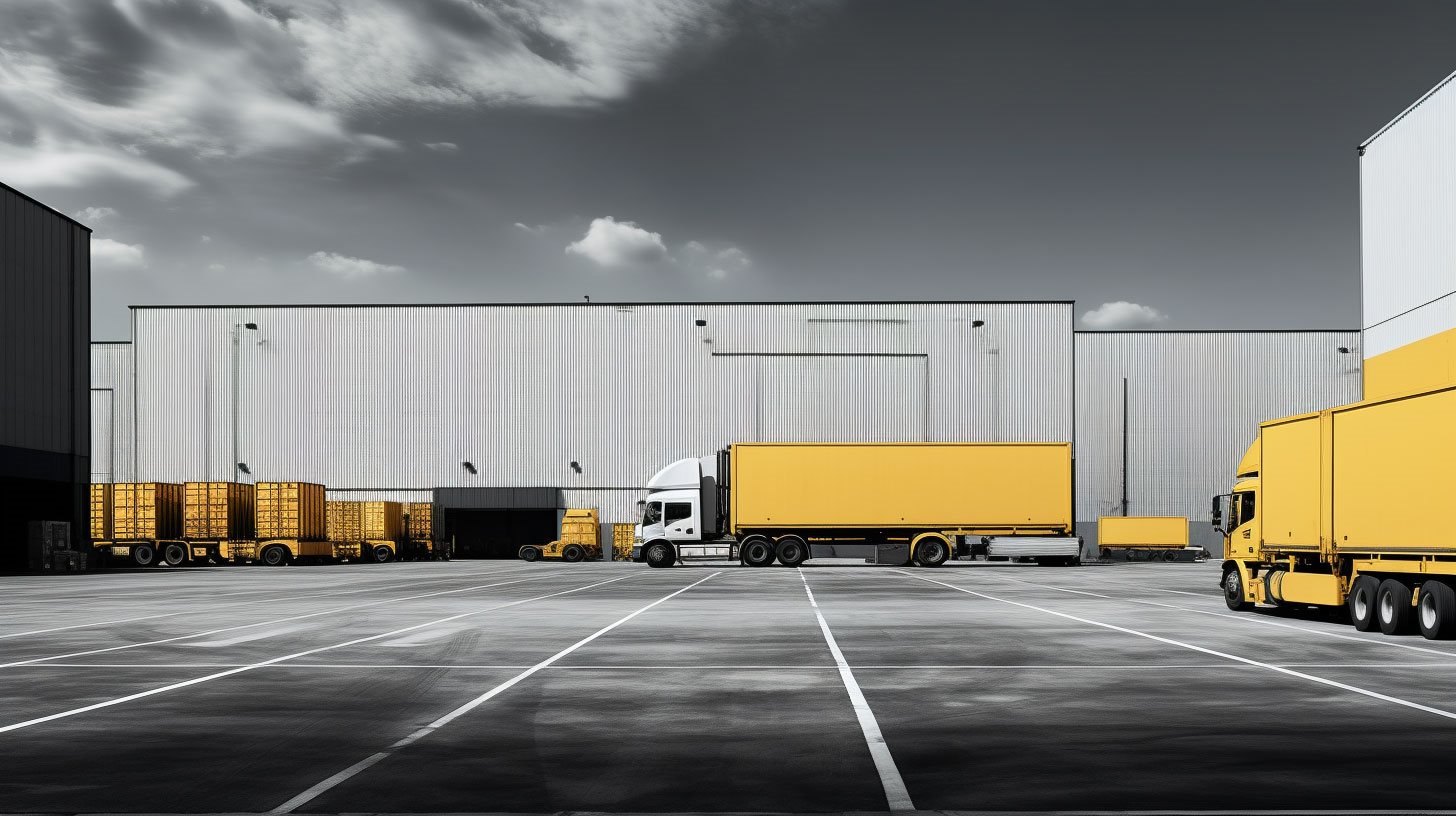
What is Cross-Docking?
Cross-docking is a logistics procedure where goods are unloaded from inbound delivery vehicles and immediately loaded onto outbound vehicles, with little or no storage in between. This process reduces handling and storage time, leading to more efficient and faster distribution.
How Does Cross-Docking Work?
- Receiving: Products arrive at the cross-dock facility in large trucks or trailers. Upon arrival, these goods are sorted and prepared for the outbound shipment.
- Processing: Items are then quickly moved from the receiving dock to the shipping dock, often using forklifts, pallet trucks, or conveyor belts. This process is usually organized so that goods destined for the same location are consolidated.
- Shipping: Finally, the consolidated shipments are loaded onto outbound trucks for delivery to their final destination. The entire process, from receiving to shipping, is intended to happen swiftly – often in less than 24 hours.
Types of Cross-Docking
- Retail Cross-Docking: Distributing products from suppliers directly to retail stores.
- Manufacturing Cross-Docking: Involves the receipt of purchased and inbound products that are required by manufacturing.
- Opportunistic Cross-Docking: Transferring a product directly from the receiving dock to the outbound shipping dock to meet a known demand.
Benefits of Cross-Docking
Enhanced Efficiency
- Reduced Handling Time: Minimizing the handling of products not only speeds up the distribution process but also decreases the risk of damage.
- Faster Turnaround: The swift transfer from inbound to outbound transportation means products reach their destinations quicker.
Cost Reduction
- Lower Storage Costs: Since products spend minimal time in storage, the costs associated with warehousing, including rent, utilities, and insurance, are significantly reduced.
- Decreased Labor Costs: Reduced need for picking and storing goods means labor costs are often lower.
Improved Customer Satisfaction
- Shorter Lead Times: Quicker delivery times can lead to increased customer satisfaction and loyalty.
- Better Product Quality: Less handling reduces the chances of product damage, ensuring that customers receive items in top condition.
Streamlined Operations
- Reduced Inventory: Cross-docking allows businesses to operate with lower levels of inventory, making the supply chain leaner and more responsive.
- Simplified Logistics: By consolidating shipments, cross-docking simplifies the logistics process, making it easier to manage.
Why Cross-Docking Can Expand Your Reach
- Expanding Geographic Coverage: For agents and carriers, cross-docking facilities strategically located across Canada can serve as pivotal hubs, allowing for the expansion of service areas and reaching more customers.
- Enhancing Service Offerings: By incorporating cross-docking, logistics providers can offer more flexible and efficient services, such as just-in-time delivery, which is increasingly demanded by customers.
- Building Partnerships: Cross-docking enables logistics agents and carriers to collaborate more effectively with suppliers, retailers, and other partners, fostering stronger business relationships.
- Adapting to Market Changes: The agility afforded by cross-docking makes it easier to adapt to market fluctuations, such as seasonal demand spikes or supply chain disruptions.
- Competitive Advantage: Implementing a cross-docking strategy can give logistics providers a competitive edge by enhancing their efficiency, reducing costs, and improving customer service.
Implementing Cross-Docking
For successful implementation, several factors need to be considered:
- Facility Design: Cross-dock facilities should be designed for efficient flow of goods, with sufficient dock doors and minimal distance between receiving and shipping areas.
- Technology Integration: Implementing advanced technology like Warehouse Management Systems (WMS) can optimize the sorting and transferring processes.
- Skilled Workforce: Trained personnel are crucial for the quick and accurate processing of goods.
- Strong Coordination: Effective communication and coordination with suppliers and customers are essential to synchronize inbound and outbound shipments.
Conclusion
Cross-docking presents a significant opportunity for logistics agents and carriers in Canada to streamline their operations, reduce costs, and expand their reach. By adopting this strategy, businesses can enhance their responsiveness to customer demands, improve operational efficiency, and stay competitive in a rapidly evolving market. As the logistics landscape continues to evolve, cross-docking stands out as a key technique for those looking to thrive in the world of modern supply chain management.
